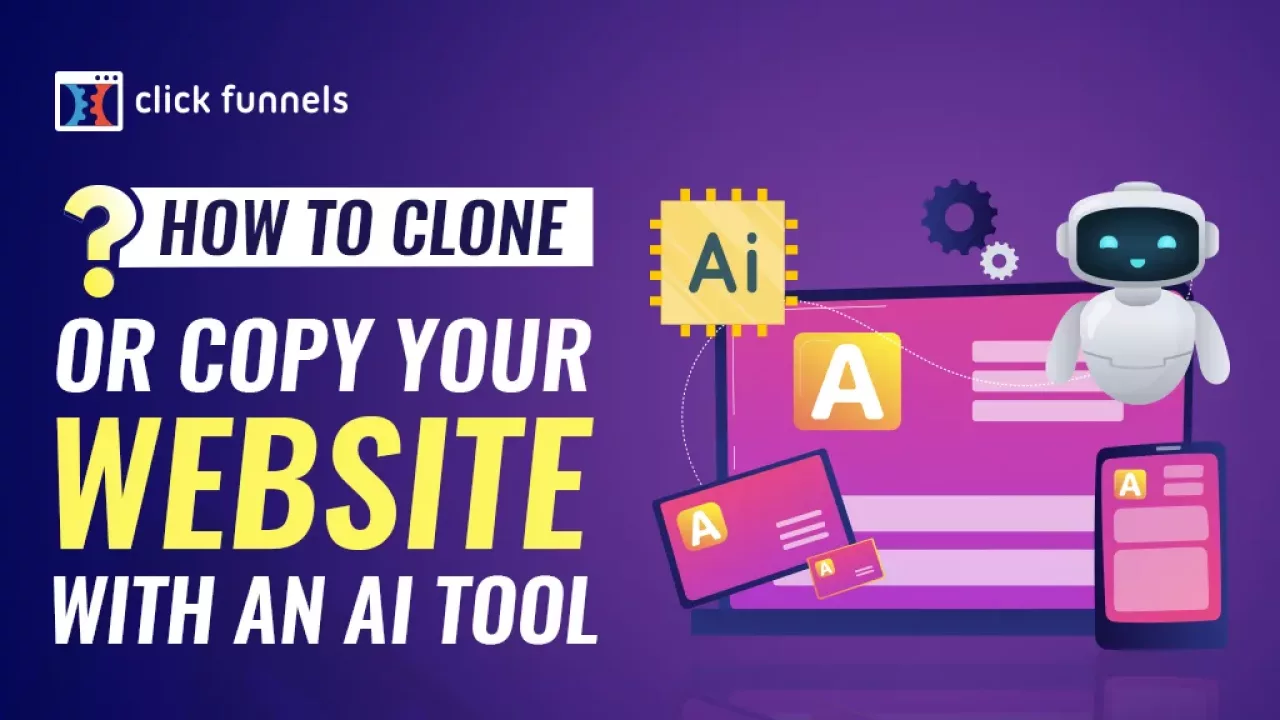Introduction
Understanding the competitive landscape is essential for any business aiming to thrive. But manually mapping competitors, market segments, and customer needs is time-consuming and often incomplete.
That’s where AI For Competitive Intelligence comes in—offering a powerful way to map the market quickly and accurately by processing massive amounts of data automatically.
This article explores how you can leverage AI to build a comprehensive market map that guides strategy, product development, and marketing.
What Is Market Mapping?
Market mapping is the process of identifying and visualizing:
- Competitors and their positioning
- Market segments and niches
- Customer needs and preferences
- Industry trends and opportunities
Traditionally, this requires extensive research and subjective analysis. AI changes the game by automating data collection and pattern recognition at scale.
How AI for Competitive Intelligence Helps You Map the Market
1. Identify Competitors and Segment Them
AI tools analyze online presence, product offerings, pricing, and customer feedback to cluster competitors into meaningful groups based on similarities and differentiation.
Example:
AI clusters SaaS companies into categories like “collaboration tools,” “project management,” and “workflow automation” based on feature sets and messaging.
2. Analyze Customer Needs and Pain Points
By mining reviews, forums, and social media, AI surfaces recurring themes and unmet needs across different market segments.
Example:
AI highlights that small businesses complain about lack of integrations, while enterprises focus on security features.
3. Spot Market Gaps and White Spaces
AI compares competitor coverage and customer feedback to identify underserved segments or emerging trends ripe for innovation.
Example:
Detecting rising demand for “AI-powered personalization” in an otherwise crowded e-commerce software market.
4. Track Positioning and Messaging Shifts
AI monitors competitor websites and marketing collateral to spot changes in value propositions, target industries, and campaign focus.
Example:
Noticing a competitor shifting from “price leader” messaging to “enterprise-grade security” over six months.
5. Visualize the Competitive Landscape
Some AI platforms integrate with visualization tools (like Tableau or Power BI) to generate intuitive market maps that help stakeholders grasp complex landscapes at a glance.
Tools to Map the Market Using AI
| Tool | Functionality |
|---|---|
| Crayon | Competitor monitoring & positioning analysis |
| Feedly + Leo AI | Trend detection & customer sentiment mining |
| Thinknum | Data aggregation on pricing, hiring, and funding |
| ChatGPT/GPT-4 | Summarizing, clustering, and generating market insights |
| Tableau/Power BI | Visualizing competitive landscapes |
From Market Map to Strategy
Once your AI-powered market map is ready:
- Use it to prioritize product development focusing on white spaces
- Tailor marketing campaigns to specific segments
- Anticipate competitor moves by understanding their positioning
- Inform sales teams about customer pain points and competitor weaknesses
Final Thoughts
With AI for Competitive Intelligence, market mapping becomes faster, more accurate, and infinitely more actionable. No more guesswork or outdated spreadsheets—just clear, data-driven insights to steer your business forward.
